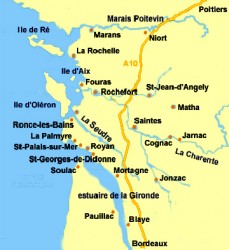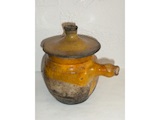
From Southern biscuits to French baguette. You might wonder how a country girl from Kentucky who grew up on fried chicken, creamed corn, biscuits, cornbread, and church supper fruit pies could be qualified to tell others about boeuf bourguignon, cassoulet, choucroute or coq au vin. Yes, I’m writing a book we’ll call The French and What They Eat, since the title hasn’t yet been finalized. I’ll tell you the story in the book — from a general store/cream station/feedstore in a spot in the road in Kentucky, where the loafers discussed whether it was better to put a bag of peanuts into a Coke or an RC, to the City of Light and the Cordon Bleu Cooking School, eventually cooking, eating and drinking my way around France.
“What to Eat in France,” a series of regional French recipes with a story and a bit of history, is laying the groundwork for this book. If you’d like to follow the series on a regular basis, sign up for the newsletter in the right-hand column.
|
|






























